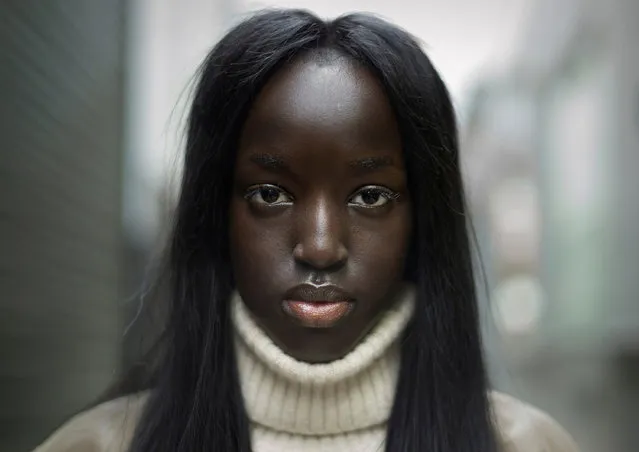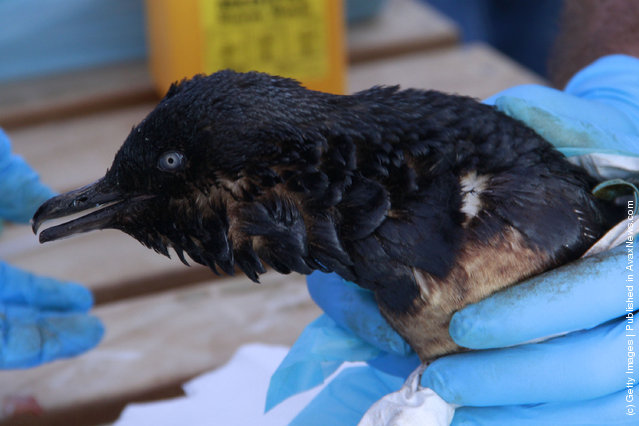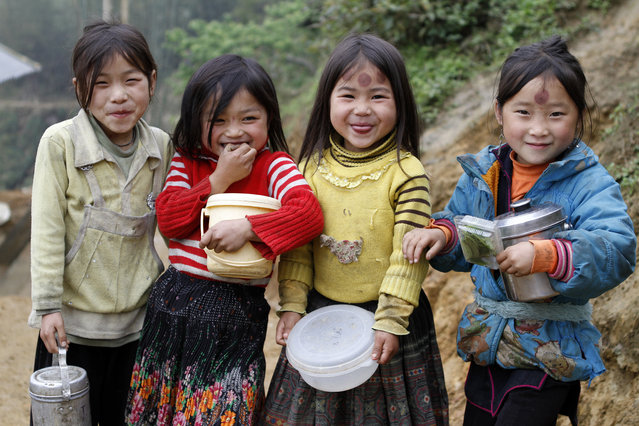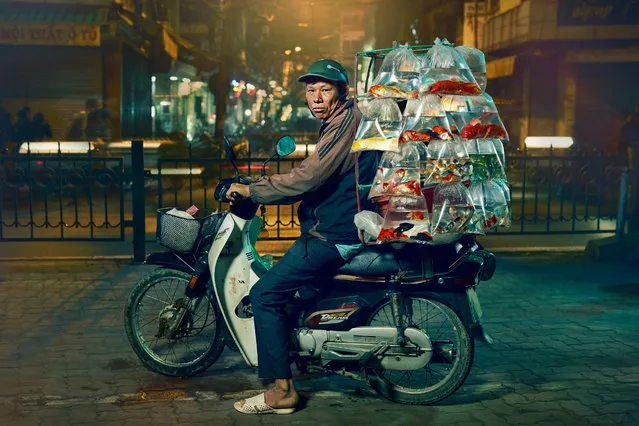
Nyaueth by Peter Zelewski – £2,000 third prize winner. This was taken near London’s Oxford Street as part of Zelewski’s series Beautiful Strangers. Zelewski explains: ‘The aim of Beautiful Strangers is to challenge the concept of traditional beauty with a series of spontaneous street portraits of everyday citizens who show character, uniqueness and a special inner quality’. (Photo by Peter Zelewski/Taylor Wessing Portrait Prize 2015)
23 Nov 2015 08:00:00,post received
0 comments







